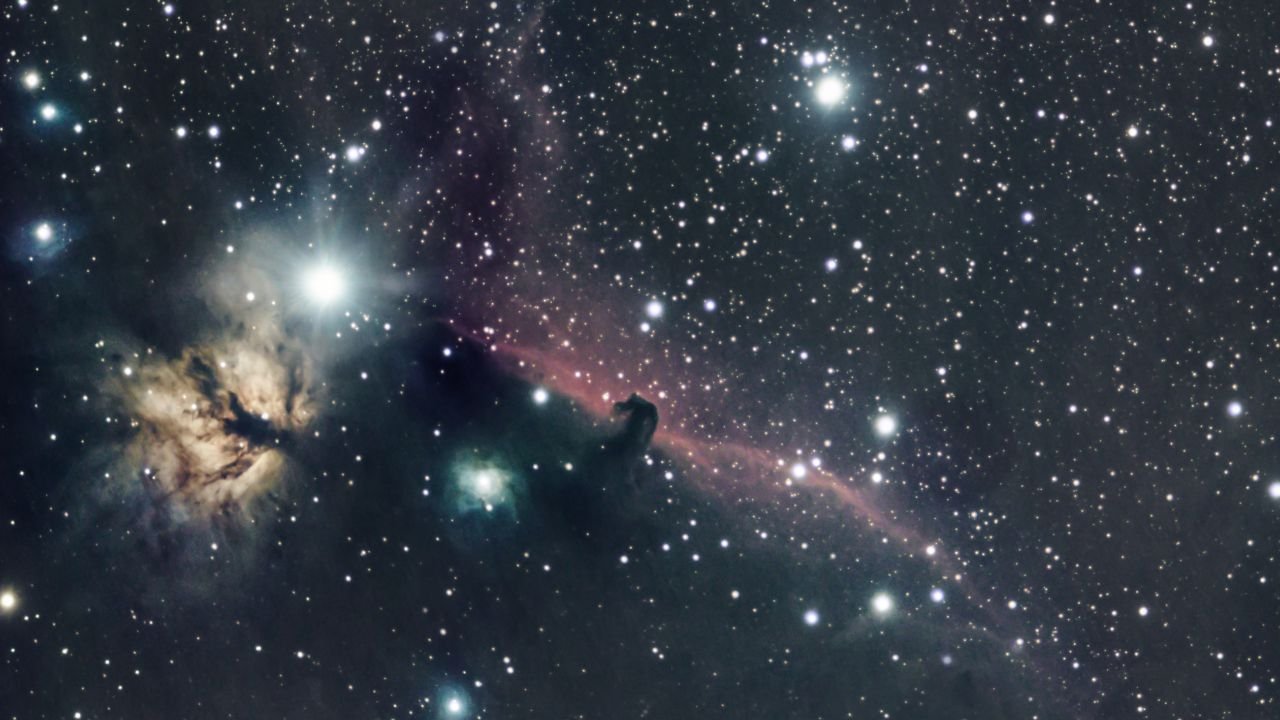Gaze into the cosmos and challenge your understanding of the universe with our Astrophysics Quiz. This quiz will take you on a journey through the stars, exploring everything from the fundamental principles of physics to the mysteries of black holes and the vastness of galaxies. Sharpen your mind and see how much you really know about the final frontier!
We recommend that you do not leave the page that you are taking this quiz in. Stay honest 🙂
Astrophysics Quiz Questions Overview
2. Which planet is known as the ‘Red Planet’?
Venus
Mars
Jupiter
Saturn
3. What is the name of the largest moon of Saturn?
Titan
Europa
Ganymede
Callisto
4. Which of the following is the closest star to Earth?
Alpha Centauri
Proxima Centauri
Barnard’s Star
The Sun
5. What is the name of the galaxy that contains our Solar System?
Andromeda Galaxy
Milky Way Galaxy
Triangulum Galaxy
Whirlpool Galaxy
6. What is the theoretical boundary around a black hole beyond which no light or other radiation can escape?
Event Horizon
Singularity
Accretion Disk
Photon Sphere
7. Which planet in our solar system has the most moons?
Earth
Mars
Jupiter
Saturn
8. What is the name of the first artificial Earth satellite launched by the Soviet Union in 1957?
Sputnik 1
Apollo 11
Voyager 1
Hubble Space Telescope
9. What is the term for a star that suddenly increases greatly in brightness because of a catastrophic explosion that ejects most of its mass?
Supernova
Nova
Pulsar
Quasar
10. Which planet is known for its prominent ring system?
Jupiter
Saturn
Uranus
Neptune
11. What is the name of the first human-made object to reach interstellar space?
Voyager 1
Pioneer 10
New Horizons
Cassini
12. What is the name of the nearest galaxy to the Milky Way?
Andromeda Galaxy
Triangulum Galaxy
Large Magellanic Cloud
Small Magellanic Cloud
13. What is the term for a system of millions or billions of stars, together with gas and dust, held together by gravitational attraction?
Galaxy
Nebula
Star Cluster
Constellation
14. What is the name of the effect that describes the change in frequency or wavelength of light from a moving object?
Doppler Effect
Photoelectric Effect
Compton Effect
Zeeman Effect
15. Which planet in our solar system is known for having a Great Red Spot?
Mars
Jupiter
Saturn
Neptune
16. What is the name of the force that keeps planets in orbit around the Sun?
Electromagnetic Force
Gravitational Force
Nuclear Force
Weak Force
17. What is the term for a small body of matter from outer space that enters the Earth’s atmosphere and becomes incandescent as a result of friction?
Asteroid
Comet
Meteor
Meteorite
18. What is the term for the point in the orbit of a planet, asteroid, or comet at which it is closest to the sun?
Aphelion
Perihelion
Perigee
Apogee
19. What is the name of the largest volcano in the solar system, located on Mars?
Mauna Kea
Mount Everest
Olympus Mons
Mount Etna
20. Which of the following is a type of galaxy characterized by its spiral structure?
Elliptical Galaxy
Irregular Galaxy
Spiral Galaxy
Lenticular Galaxy
21. What is the term for a region of space having a gravitational field so intense that no matter or radiation can escape?
White Dwarf
Neutron Star
Black Hole
Supernova
22. What is the name of the effect that causes the apparent change in the frequency of a wave in relation to an observer who is moving relative to the wave source?
Doppler Effect
Photoelectric Effect
Compton Effect
Zeeman Effect
We recommend that you do not leave the page that you are taking this quiz in. Stay honest 🙂
Can Your Friends Do Better Than You in This Quiz?
Share this quiz with your friends and compare results.
Was this page helpful?
More Popular Science Quizzes:
-
DNA Test Online Quiz
-
Dog Anatomy Quiz
-
Volcano Quiz
-
Vet Quiz
-
Ecosystems Quiz
-
Rock Identification Quiz











